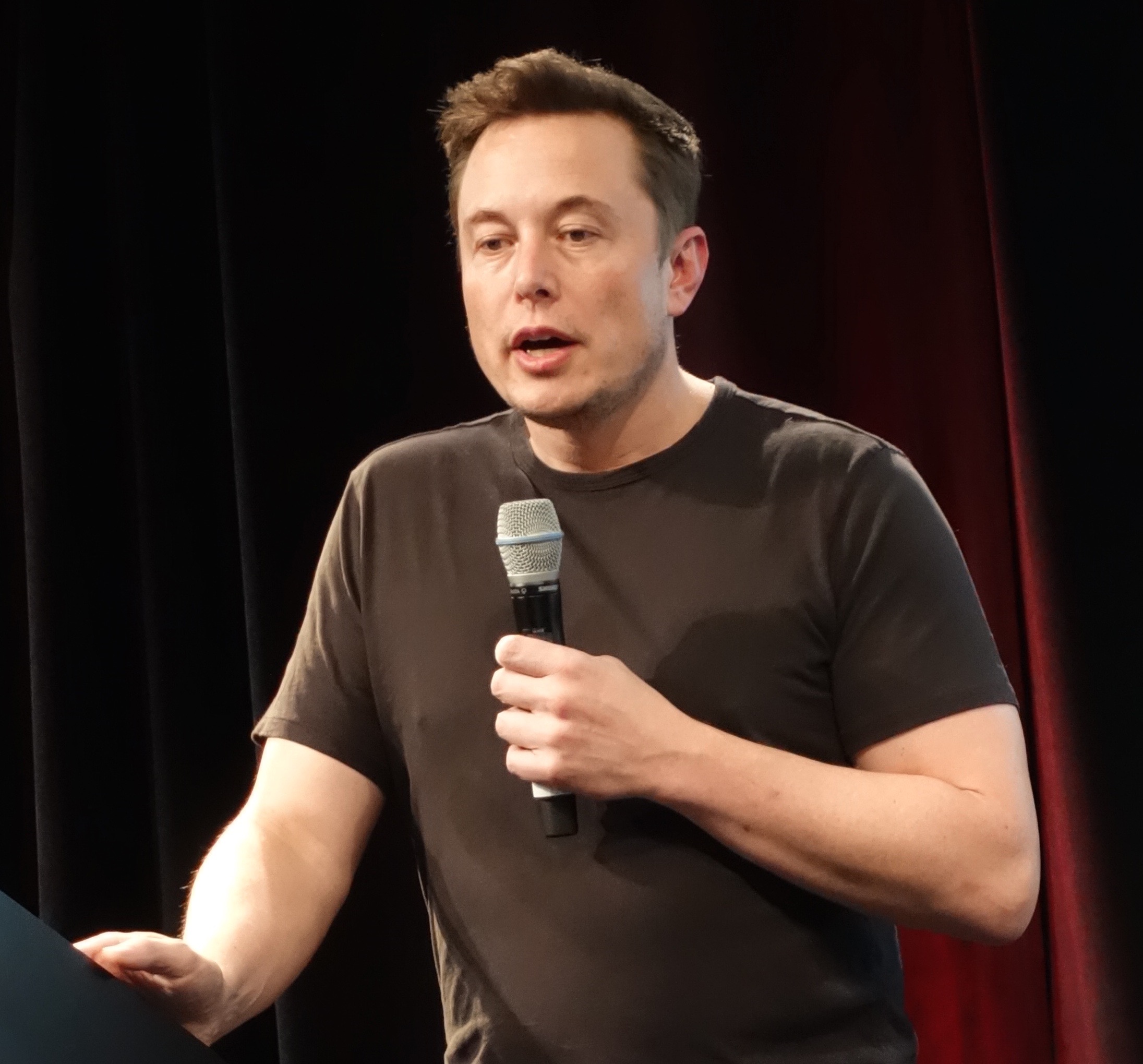“Protecting those who inform us is protecting the truth.”
– Thibaut Bruttin, Reporters Without Borders’ Director General
According to the Committee to Protect Journalists, 114 journalists were killed in 2024, the majority through crossfire, dangerous assignments, and murder. As of December 2024, 361 journalists are imprisoned worldwide.
International humanitarian law distinguishes journalists and war correspondents when delegating protections to media workers. War correspondents accompany the armed forces of a state and are entitled to prisoner-of-war status upon capture, according to the Third Geneva Convention. Under Article 82 of the convention, it states that “no prisoner of war may be tried or punished for acts that were lawful under the international laws of war.” POWs can only be prosecuted for war crimes. However, in the Fourth Geneva Convention’s Additional Protocol I, journalists are given the same protections as civilians. Civilian journalists should be considered civilians if captured and can be accused of espionage – a common accusation toward civilian journalists.
Rule 34 of the International Committee of the Red Cross’ study on Customary International Humanitarian law holds that “civilian journalists engaged in professional missions in areas of armed conflict must be respected and protected as long as they are not taking a direct part in hostilities.” Civilian journalists are further protected in international armed conflicts by treaty law in Article 79 of Additional Protocol I (AP I). But Additional Protocol II (AP II) – which covers non-international armed conflicts, such as civil wars – only broadly protects journalists under the category of civilians. Neither AP I nor II applies to violence involving terrorist groups or state repression without a structured insurgency. The safety of journalists is dependent on whether warring parties respect civilian immunity.
Newer measures have been implemented to broaden the scope of protections for journalists, such as the United Nations Pact for the Future, which reiterates that journalists “shall be considered as civilians in such situations, per international humanitarian law.” UNESCO’s decisions of its 216th sessions also included a provision for journalists, stating that it “strongly recommends that Member States: provide, or continue to provide, information on judicial investigations into the killings of journalists” and “develop effective multi-stakeholder safety mechanisms for this purpose.” United Nations bodies frequently call for action to protect journalists. Yet, according to the Committee to Protect Journalists, 2024 was one of the deadliest years for journalists. Two-thirds of the 124 journalists killed in 2024 were Palestinian journalists. As a result, the Committee attributes the number of journalists killed in armed conflict to international conflicts doubling in the past five years.
The trial of Evan Gershkovich exemplifies the narrow scope of these international protections. The Wall Street Journal reporter was detained in March 2023 on espionage charges by Russia’s Federal Security Service. The Biden administration stated that Gershkovich was wrongfully detained. The alleged espionage claim allowed Russia to detain Gershkovich on deceptive grounds. The trial was done behind closed doors by Russia’s state-controlled judiciary, preventing both public scrutiny as well as independent verification of claims. This left the August 2024 prison swap between the U.S. and Russia as the only option for freeing Gershkovich, highlighting the insufficiency of protections for journalists covering armed conflicts.
Outside of the Geneva Conventions and their additional proposals, the lack of a specific convention for journalists is a clear gap in protecting journalists. A 2011 study from the City Law School proposes the adoption of a specific instrument for the protection of journalists, and states that although “it would merely specify existing obligations to a large extent, it would constitute an important political lever in diplomatic fora.” Even though there have been mentions of protections for journalists, a convention could centralize these protections and increase pressure on actors to ensure the safety of journalists. Moreover, the study recognizes that under Article 13 of the UN Charter, the General Assembly can entrust the International Law Commission to “provide one coherent instrument to be submitted to an inter-governmental conference.” A coherent instrument to protect journalists could be proposed: a centralized international convention enshrining rights and protections for journalists, such as mandating emergency support for journalists in armed conflict or creating an international body to investigate crimes against journalists.
The feasibility of a proposal to an intergovernmental body remains unclear, as the volume of proposals to these bodies consistently remains high, with 193 member countries trying to resolve conflicts. Moreover, the proposal would have to be palatable to the majority of member states – it could go through years of drafting, research, and approval, but it would still need to be able to stand out among numerous international proposals as well as be universal for all member states. The feasibility of a convention would also be threatened by undermining state sovereignty, as states would have to choose to be a signatory of the convention. Therefore, the convention must be palatable and appease hardliners by encouraging sovereignty and cooperation rather than interference, and promote journalistic ethics, which would appeal to states as it would enhance information systems.
Nonetheless, UNESCO could be an applicable fit as an intergovernmental conference to present a coherent instrument for the protection of journalists. The organization has recently called for technical proposals aimed at increasing the freedom and protection of journalists in Somalia, and it plans to implement the proposals between the second and fourth fiscal quarters of 2025. With a quick turnaround, UNESCO may be equipped with the sense of urgency and resources to bypass international organizations’ infamy for longer wait times. A proposal to UNESCO to provide a coherent instrument may not be the end-all to the protection of journalists in armed conflict, but it could be a step in the right direction to specifying and centralizing protections.
To preserve our truth, we must protect those who provide it.

